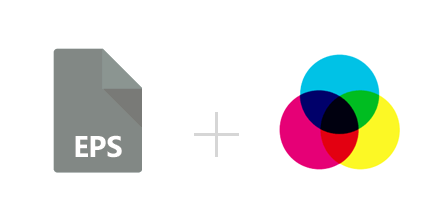
Using ICC profiles is an absolute must when you want to do effective color management. The reason is simple: they contain all essential data needed for the correct rendering of colors.
ICC stands for International Color Consortium — an independent organization launched in 1993 by eight vendors with the aim of promoting color management systems across different platforms. The ICC profile of an image contains detailed descriptions of how its colors should be rendered, including color space and distribution, how the lightest and darkest tones are dispersed and combined throughout the image pixels etc.








